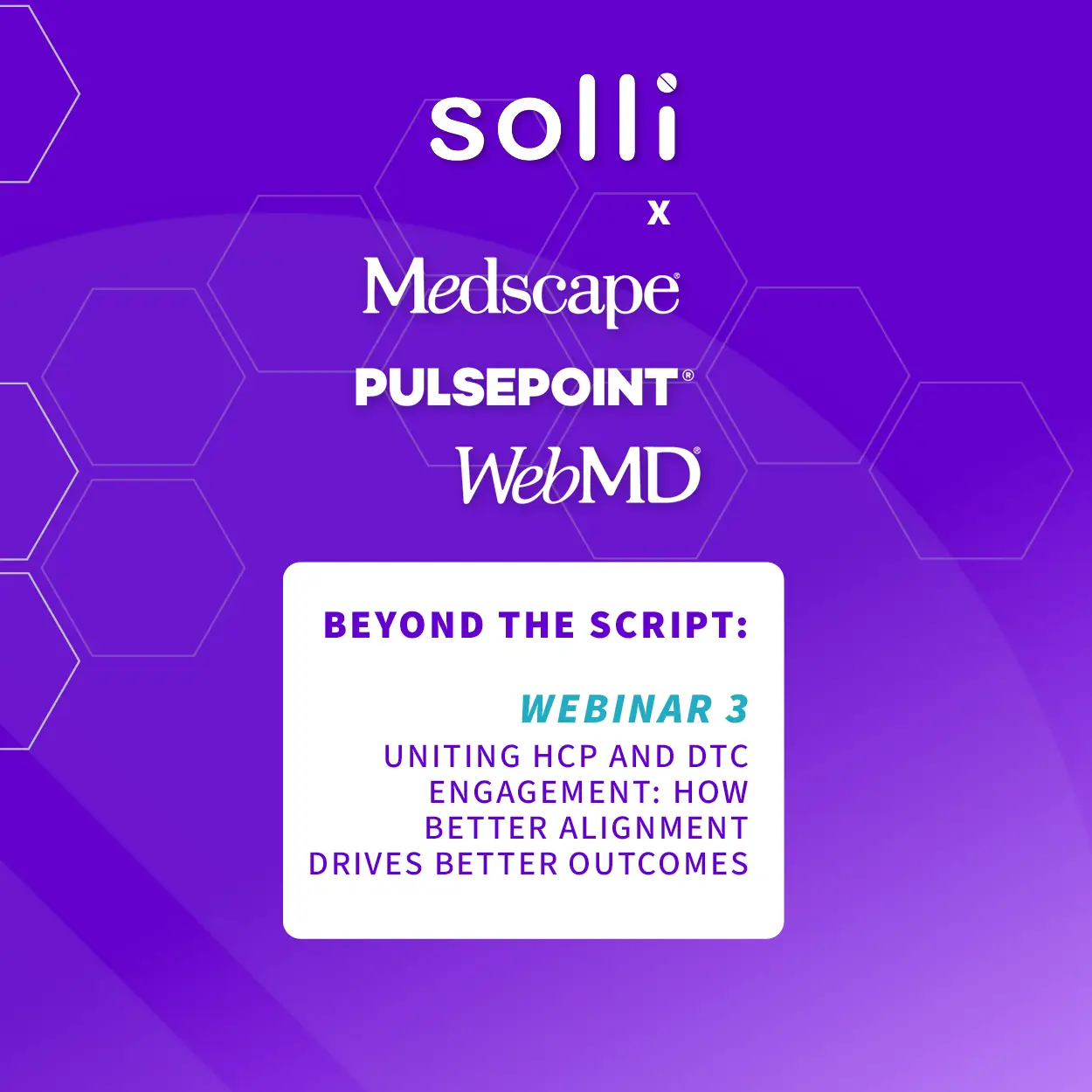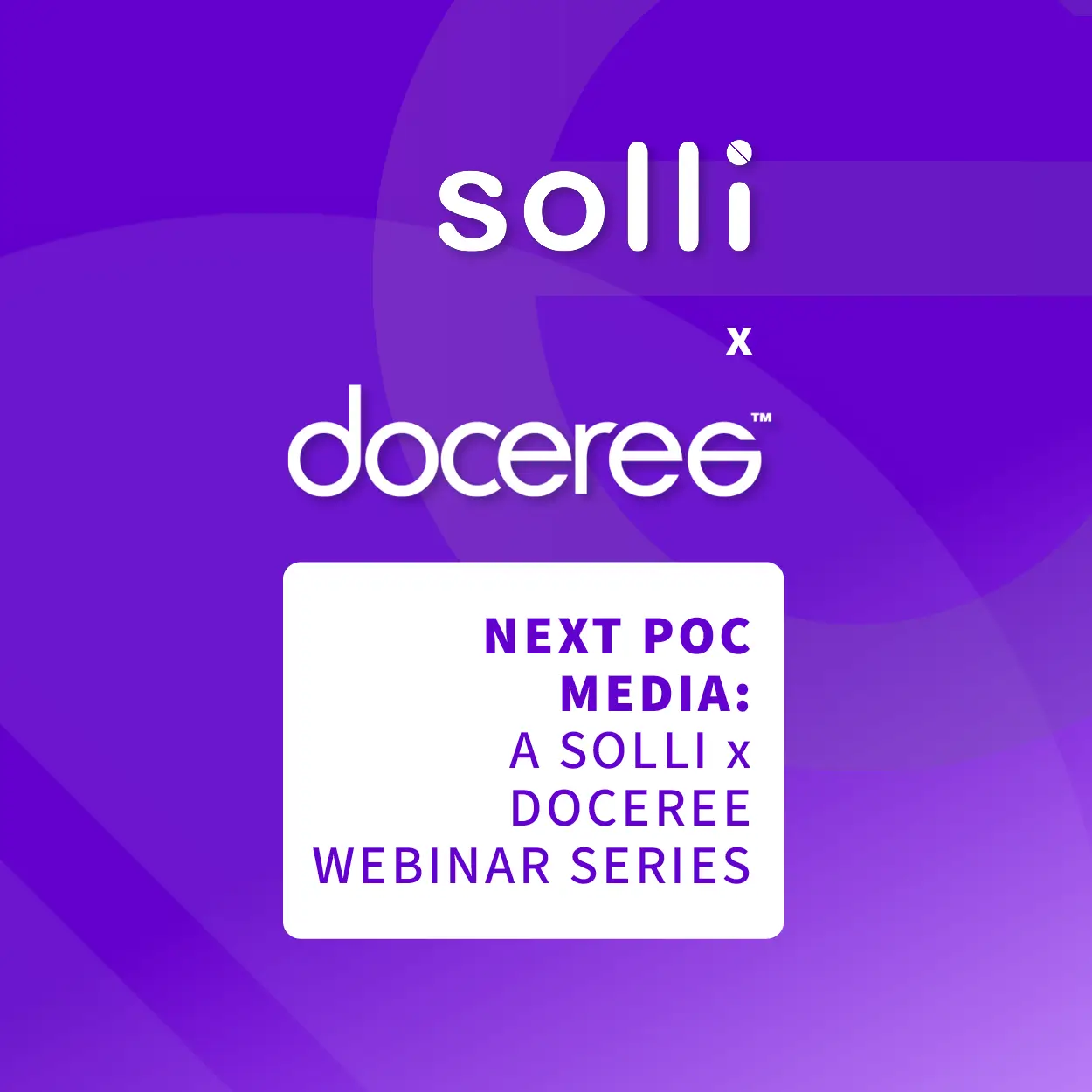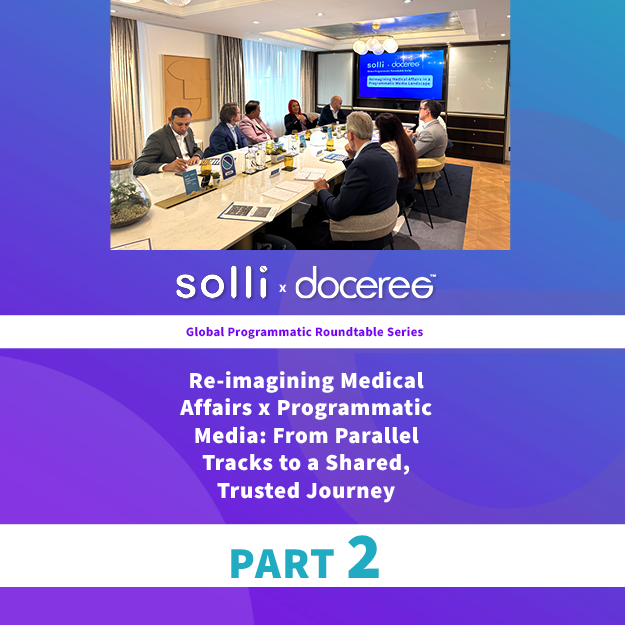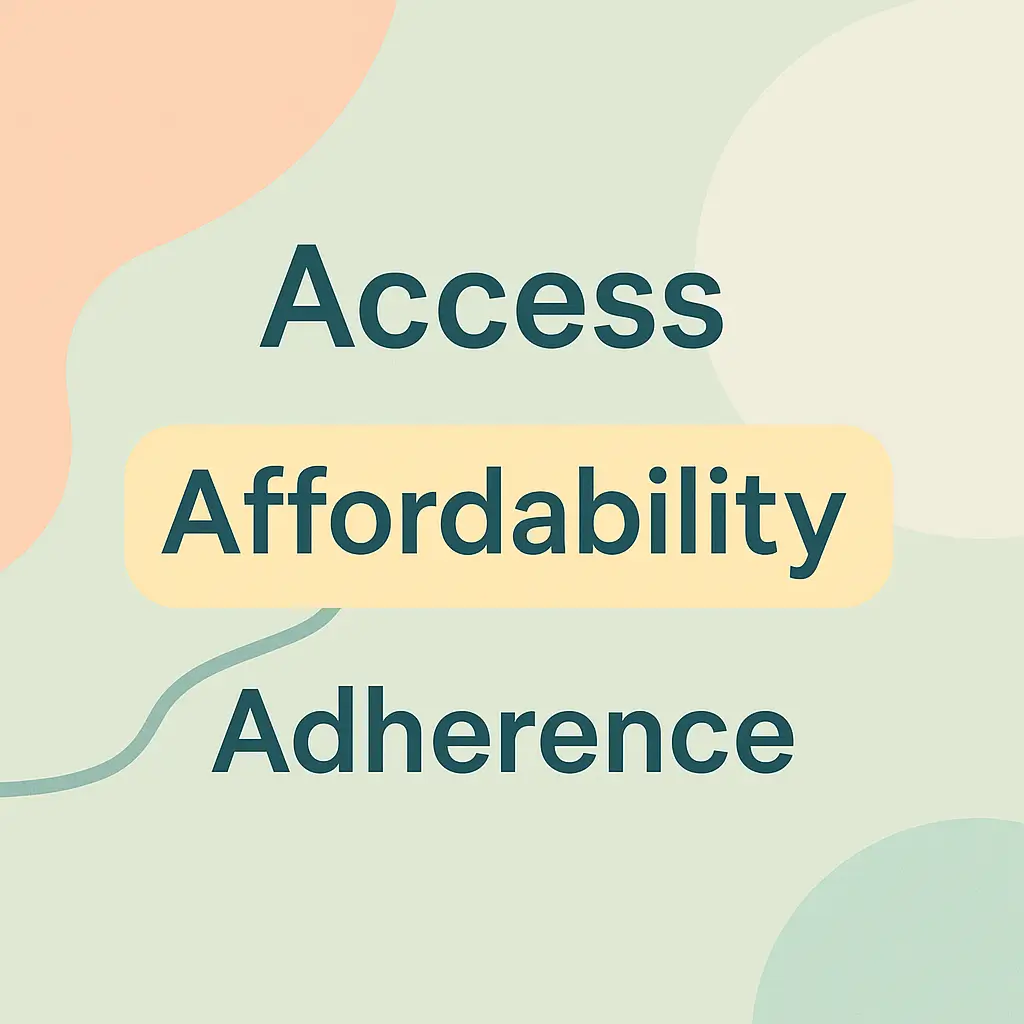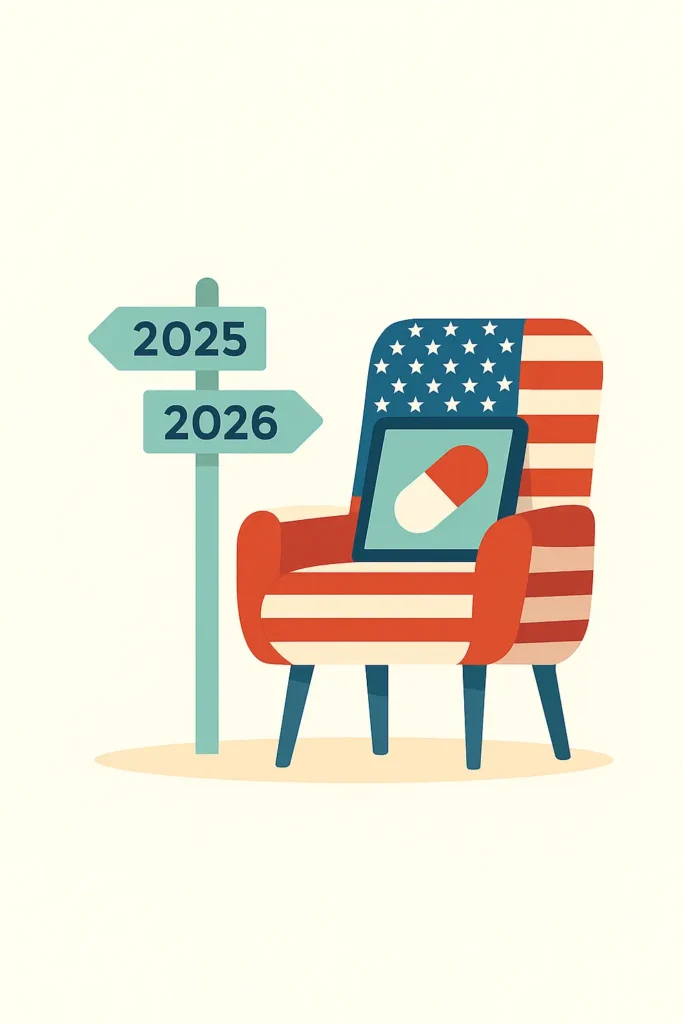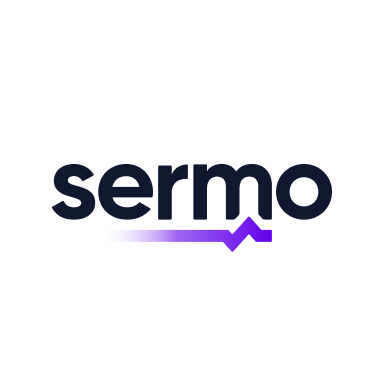RFP or Targeted Negotiation?
What is the difference, and why is it important to clarify?

It’s 4:59 PM at Agency HQ on a Friday before a holiday weekend. Suddenly, an inbox pings with a 30-page PDF from a client. As the agency leader suppress a groan, two questions spring to mind: “How can they pick this time to send it out?” and “What is this, and how will we respond?”.
While we cannot help with the first question, we can help decipher the second, and in particular, the macro consideration of whether this is an RFP or a so-called ‘Targeted Negotiation’, paving the way for how the agency will best respond.
To explore this from both the client and agency perspectives, we must clarify these two distinct approaches to procurement:
Request for Proposal (RFP)
An RFP is the formal dance of the business world. It’s structured, public, and often involves multiple partners vying for the spotlight.
Key Characteristics:
- Public announcement
- Detailed requirements
- Competitive bidding
- Formal evaluation
- Transparency
According to a study by Loopio, 74% of companies respond to more than 20 RFPs per year, the scale of which can range from small to enormous multi-year processes.
Targeted Negotiation
To extend the dance analogy, a Targeted Negotiation is a private tango between a client and a select few vendors. It’s more intimate, flexible, and often based on existing relationships.
Key Characteristics:
- Selective engagement
- Flexibility
- Relationship-based
- Expediency
- Customization
Research by World Commerce & Contracting (formerly IACCM) suggests that targeted negotiations can reduce procurement cycle times by up to 40% compared to traditional RFP processes.
The Client’s Dilemma: Choosing Between RFP and Targeted Negotiation
Clients don’t leave their decisions to chance; they select the approach that best fits their unique needs and circumstances.
Why Choose an RFP?
- Need for Competition: When seeking the best value through comparison.
- Transparency Requirements: Especially crucial in public sector projects.
- Complex Projects: When multiple perspectives are needed to assess various approaches.
Why Choose Targeted Negotiations?
- Speed: When time is of the essence.
- Existing Relationships: Leveraging trusted partnerships.
- Customization Needs: For projects requiring a highly tailored approach.
Guidance for Clients: Making the Right Choice
- Assess Your Timeline: If you’re working against a tight deadline, targeted negotiations might be your best bet.
- Evaluate Your Knowledge of the Market: If you’re venturing into unfamiliar territory, an RFP can help you understand the landscape.
- Consider Your Budget: RFPs can often lead to more competitive pricing, but they also require more resources to manage.
- Reflect on Your Relationships: If you have strong, trusted vendor relationships, targeted negotiations can be highly effective.
Tips for Agencies: Understanding the Process
Unless clearly labeled as such or you have pre-warning of the process, it is often difficult to decipher the difference from the initial documents. Of course, you must answer the document put in front of you, whether that is an RFP or targeted negotiation. However, understanding the context, competitive set, and objectives are vital to managing the process and ultimately securing the business.
One should always be confident to ask the question: Be clear, be open, and be straight with the client. It will show a knowledge of procurement processes and confidence in asking good questions.
If they do not share more information, the following questions will help:
- How many vendors are being considered for this project?
- Is this process public or private?
- Is this process driven more by cost efficiency or performance improvement?
Understanding at least these three questions will illuminate more about the process and the best approach.
Remember, in the words of Peter Drucker, “The most important thing in communication is hearing what isn’t said.” Particularly within a procurement process, read between the lines, ask the right questions, and set oneself up for success.
Finally…
Whether facing an RFP or a targeted negotiation, understanding the nature of the beast is half the battle. Armed with this knowledge, as the agency leader embarks on their weekend, they’ll be better equipped to tackle whatever procurement challenge awaits them on Monday morning and beyond.








